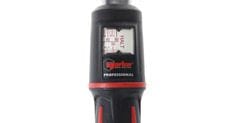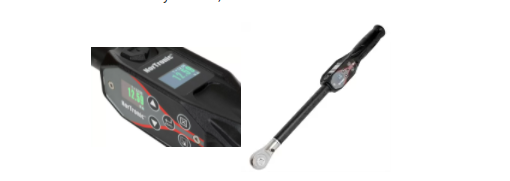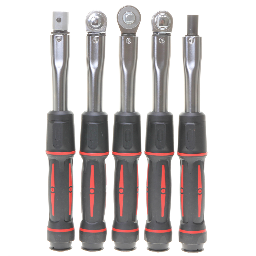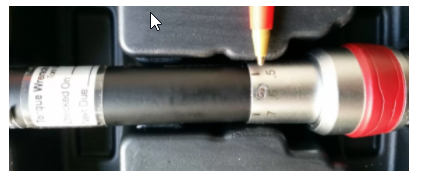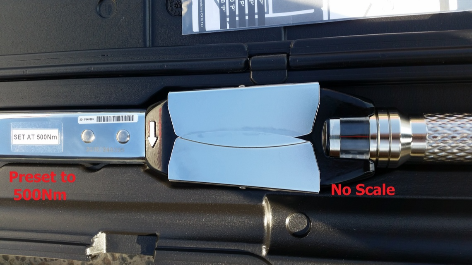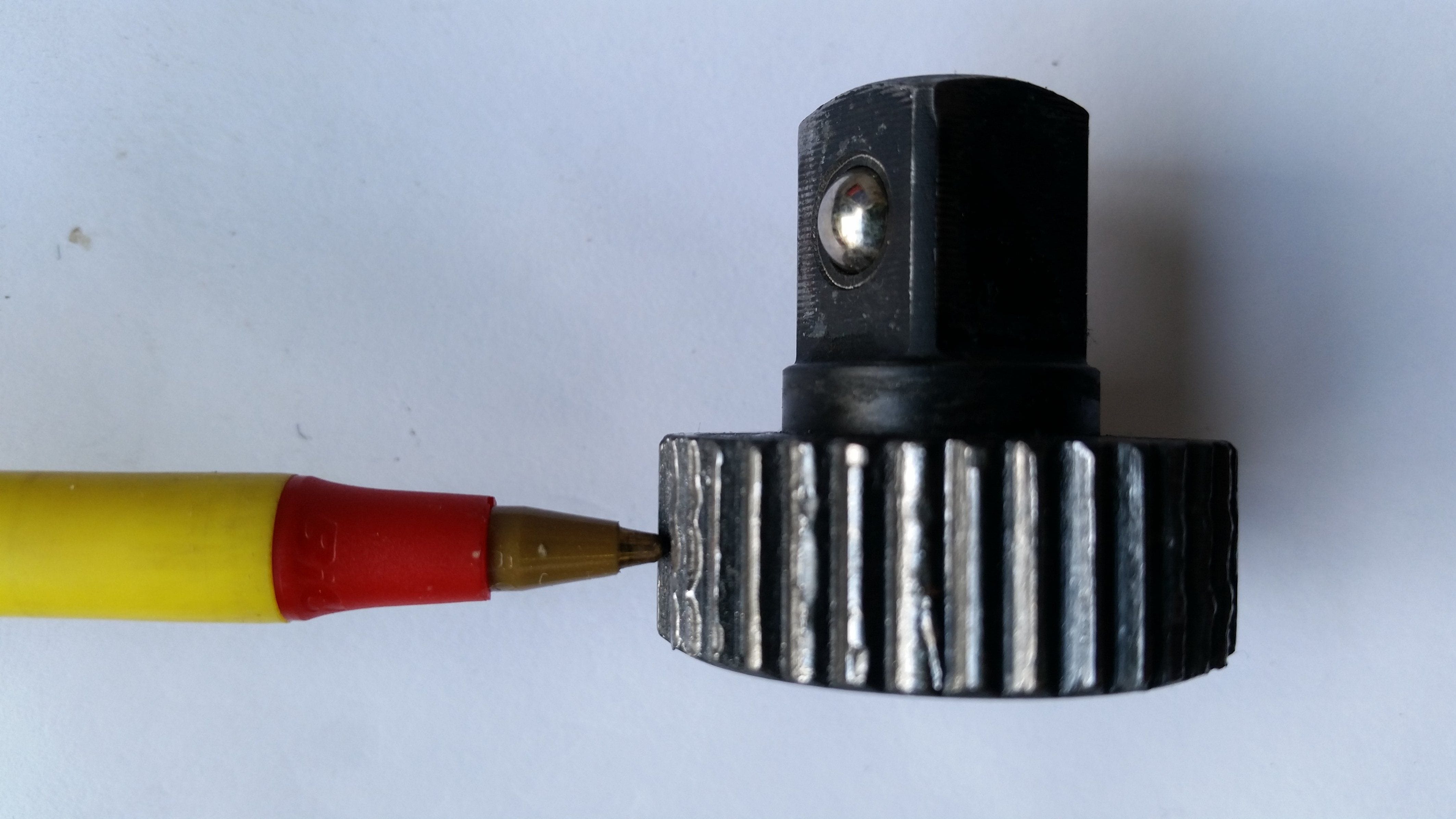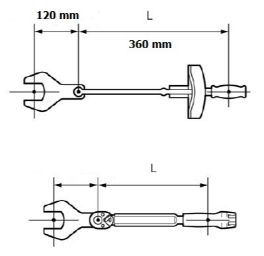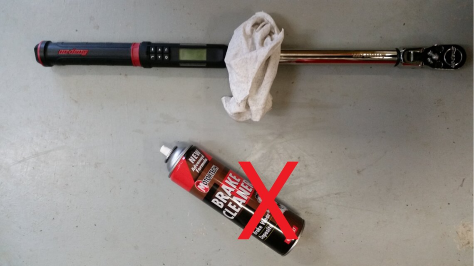We all need ongoing maintenance and care to keep us going on a day to day basis, so do the tools we use. Having the right tool for the job is very important, but maintaining your tool in top working order is vital. By regularly checking your tool you can help to prevent some unnecessary early repair costs and having to replace it too soon.
Torque Wrench for the New Toyota Camry Towbar Application
Recently TWCS was contacted by a Toyota dealer asking for a 3/8" drive torque wrench with a maximum setting of 150Nm. A 3/8" drive torque wrench is not available for that setting.
The reason this torque wrench was required is for the new model Camry towbar mounting bolts which no longer have washers and instead have a 17mm high torque bolt that has to be torqued up to 150Nm. Due to very limited access between the chassis rail and the spare wheel well a 1/2" drive torque wrench and socket would not fit.
After visiting the dealer concerned and inspecting their requirement, we recommended that a Norbar 200TH (torque handle with 16mm spigot end refer photo) with a 17mm ring spanner end fitting would be suitable.
This torque wrench can also be used with an interchangeable ratchet head that is available, as well as a full range of other interchangeable end fittings including open end spanner ends.
If you have any questions or would like to place an order torque to Tom 0417 826 344.


